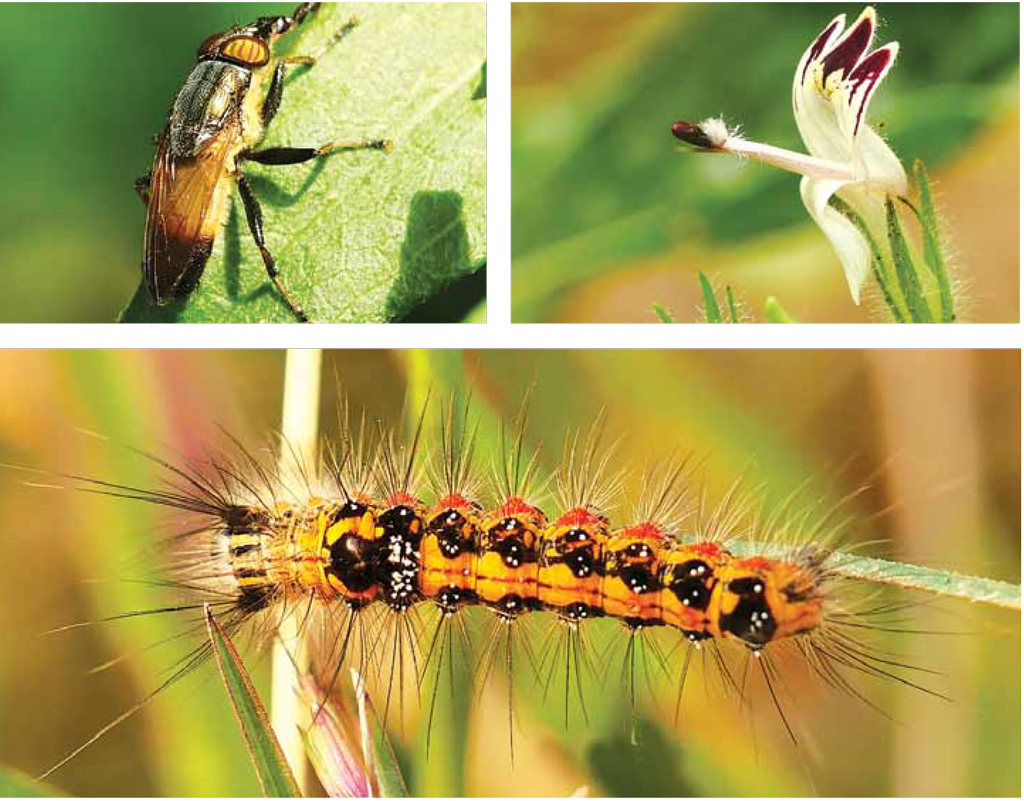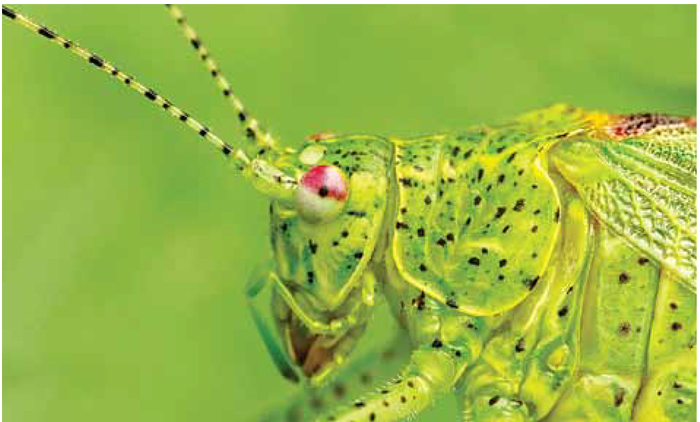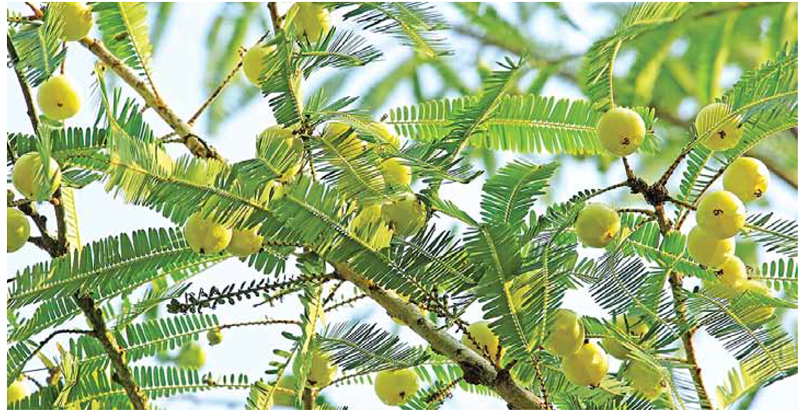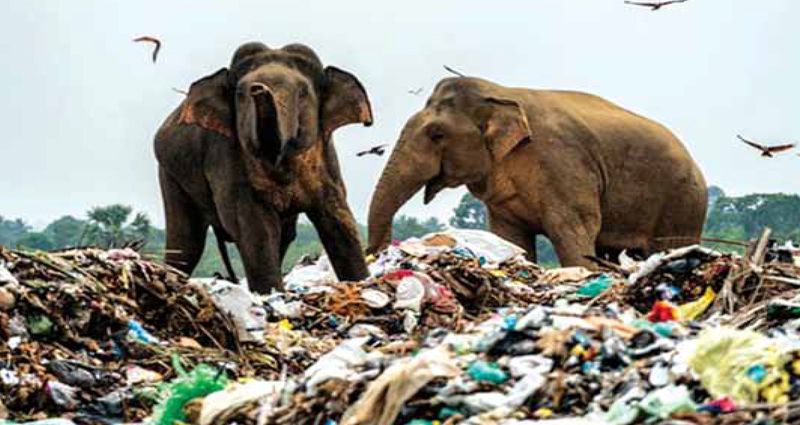
Insect Photography- A useful source for Entomology
By Prof. Alok Sheode
The class insecta cover a major part of our globe. Insects are found everywhere. They can survive in any harsh climate, they multiply very rapidly whenever they find suitable environment. They reproduce at a very alarming speed and spread all over.
Due to their abundance, we have started to look at the whole insect community as a menace and have started a chemical warfare against them. Due to unprecedented spraying of various insectisides, the insect diversity has been drastically shaken. We know that not all insects are pests yet we are killing them all. Many insects are economically beneficial, e.g. Honey bees and silk worms, Yet by this widespread use of insectisides, unknowingly we are irradicating our frendly insects too which help us in pollination and biological pest control (the predator insects).
From a bio-diversity point of view, many of rare (and beautiful) insects species are becoming endangered or extinct. So, mine is conservation point of view. It’s time to draw a line between pests and predator insects and adopt a humane approach to wards conservation. I am highly fascinated by the beautiful existance of insects and their elegant behaviour. It is a matter of extreme joy to record the internalities and externalities of the insect world through photography.
Insects have very attractive colour patterns all over their body parts, such as wings, legs, thorax, eyes, etc. Every insect species has a peculiar design, size and shape. The moths are aerodynamic in shape, the beetles have razor sharp mandibles, bugs have sucking tube folded under their belly, butterflies have spiral sucking tube. Beetles are hard to touch. They have tough outer wings, butterflies and moths have velvette fur and dry colours on them.
Insects are active in various time zone. Insects like mosquitoes, centipedes and moths are nocturnal and butterflies, beetles and other insects are diurnal. Grasshoppers are voracious eaters and can breed in abundance in favourable conditions. They are the most alert of all insects and very quick to move. Butterfiles are timid and swift whereas bugs are shy and sluggish.

Towards Photography
Photography is skill and insect photography comes under Macro Photography. Macro Photography is of great importance so far as the study of insects is concerned because that way you can record images of insects with their minute details, focussing on their various body parts to observe them in the closeup. Pinning of insects under the microscope serve the purpose for few days but after that the insect sample loses its oroginal colour and starts to break down.
On the contrary by means of macro photography you can record and restore fine images of insect species for years to come, can observe and study them whenever needed and that too in a magnified manner through an application software
Camera Choice
To take good photographs of insects and associate flora as host plants, you need a good camera. A point and shoot camera such as Sony HX-400, Canon or Nikon P-900 are good options easily available in the market. If you are ready to pay more, you can go for DSLR or advanced mirrorless cameras of various brands with inter-changeable lenses. You can either work with normal kit lenses (Default zoom lenses) useful for further cropping or you can buy dedicated macro lenses sold separately for the special macro purpose. Both types of lenses are useful and effective. If you ask me, I would suggest to go for regular zoom lenses, more useful for entomological purpose. By using normal zoom lenses, you can zoom in an out whenever needed and can record an insect along with its host plant as well as the landscape for further study reference.
A student of entomology should focus more on the insect entity than its beauty. A macro lens can also create the same output but this lens is always a bit costlier than the kit lens. The choice is yours…
Hands-on Camera
Insect photography should be done in good lighting conditions and daylight is the best light always. The best time for insect photography is mid morning hours from 8 to 10:30 am, and evening hours from 4 to 6 pm. These time slots have good visibility and less shadow effects where you can shoot photographs at normal apertures and can easily highlight the colour patterns of insects in fine details. Towards sunset, it becomes more grainy and hazy due to low light and if you use camera flash, your shots may get over-exposed due to the close distance between camera and insects (approx 6 inches to 1 feet).

So start early morning, wear good shoes for safety, be careful, delicate and calculated while walking through grass and shrubs. Hasty rush through vegetation may disturb insects causing them to hide deep underneath. Remember, insect photography is a singular, individual pursuit and can seldom be a group activity. If you still need a companion make a group of two photographers only. While you search for insects, see on the opposite sides of the path. Don’t follow each other, otherwise this would scare the insects.
If you see your subject, approach it very silently, avoid any unnecessary body movement. Reach out for the insect, keeping a proper distance from your photo gear, switch on the camera, focus the lens, hold your breath for a moment and take a snap. Please don’t show any excitement or panic while approaching an insect. Pay full attention to your frame, zoom in to a proper amplified image, select a good background, observe the source of light and direction and then go for your final shot. Light effect, colours and shadows are very crucial in insect photography as they determine the effectiveness of your images. Make sure which body part of the insect you want to record. Try to take snaps from all possible angles, move around the insect without disturbing it, maintain a good angle of view and use a flash if needed. There are two flash modes TTL and manual flash. These modes can be set to different intensities and this selection can be perfected by experiment and experience. Once you are able to set your eyes on insects, you will also be able to understand a varied complex activity of insect life. Advanced insect photography will lead you to record different species, different habitats and different activities such as mating, moulting, camouflaging, eating, etc.
Insect photography can be divided into two parts:
- Still Photography
- Videography
Today’s advanced cameras can perform these two tasks simultaneously. The priorities, prerequisite and precautions for both these skills (still and video) are the same. It needs keen observation, lot of patience, steady hands on camera, careful movements and aesthetic approach to look at Nature. Finally I would say…. “A good entomologist should become an expert macro insect photographer’’.
Started the hobby in 2007. Have been successful in clicking variety of insects-roughly over 300 species including butterflies, beetles, bugs, grasshoppers etc. This photographic skill which I call ‘Joy at Fingertips’, has been honored & enlisted in ‘Limca Book of Records’ 2011-2012.
Recently have been honoured in the most prestigious INDIA BOOK OF RECORDS 2018.
His Audio-Visual show ‘JOY AT FINGERTIPS’ interacts with people about the beautiful personalities of insects and their important role in building up environment and also the urgent need to save and conserve them.
He has presented more than 221 slideshows all over Maharashtra which are appreciated for its educative value by renowned scientist Dr. Raghunath Mashelkar, Dr. Rakesh Kumar NEERI Nagpur.Film Director Shri Rajdatta, Film Actor Shri Mohan Joshi etc.
His major slideshows included: Vasundhara Film Festival Amaravati, Vanrai Foundation Nagpur, Bal Gandharva Art Gallery Pune, NCERT Delhi, IARI-PUSA Institute Delhi, Vana-Bhavan Nagpur, Bal-Natya Sammelan Solapur, Doordarshan Sahyadri Vahini, Vasant Vyakhyan Mala Pune, SASSIT Surat, NEERI Nagpur. ICHW Bhopal, Maharana Pratap Agri.University, Udaypur.




